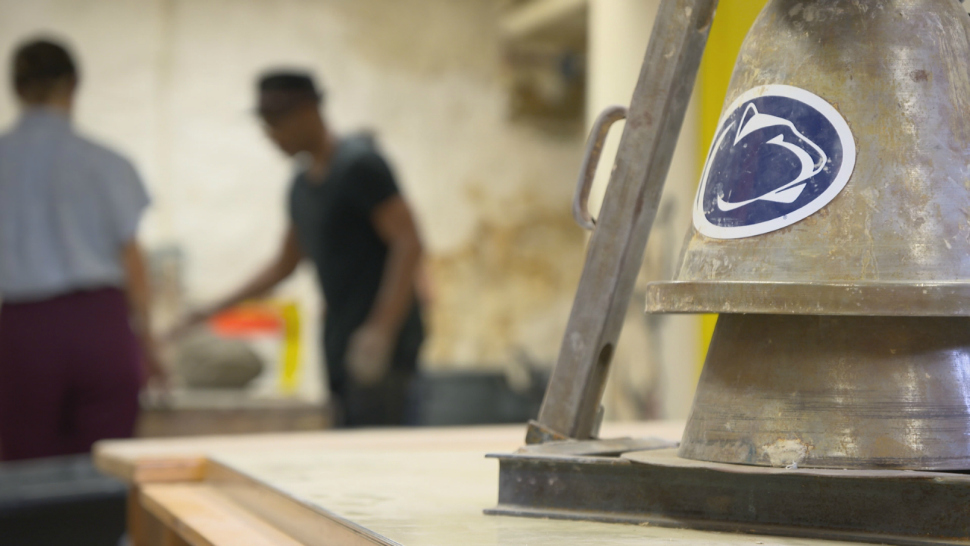John Tolley, February 11, 2017
As a medium, clay is ubiquitous; a common material for artisans and builders worldwide. Humans have been working with the substance for around 26,000 years, shaping it with water and hardening it in fiery kilns.
One of the interesting properties of pottery made from clay is that for as rigid as it becomes, it remains porous. Fill a crude clay jug with water and that liquid will slowly seep through the walls. As it does, the water is naturally clarified by traveling through the near-microscopic holes in the clay.
Sort of like a rustic Brita.
It?s a process B. Stephen Carpenter II, a professor of art education and African American studies at Penn State, thinks may be able to change the world.
Carpenter, who as an artist has worked extensively with clay, first learned about clay water filters via a group called Potters for Peace. Working within communities lacking access to clean water, PFP leverages clay?s omnipresence to teach locals how to construct filters that are both cheap and effective. The additions of naturally antimicrobial colloidal silver and sawdust - which burns away in the kiln leaving even smaller pores to strain out microbes - means the filters remove over 99 percent of pathogens present in the water.
?Every day, three to five thousand children die because of water-borne disease or lack of access to sanitation where water is,? says Carpenter. ?Water is a basic human right, and when you have one out of every ten people in the world [without] adequate access to clean water, it?s a world crisis.?
What inspired Carpenter was not just the impact the filters can have on global health, but that the founders of PFP were not engineers or scientists, but artists like himself.
?These are artists who have a deep concern for the other people of the world,? Carpenter explains. ?They thought, ?If you have access to an affordable approach and you can find all of the materials anywhere in the world, then shouldn?t everybody have clean water?? It?s the way an artist thinks.?
Today, he is imparting that same kind of inspiration on his art education students, coaching them to think critically about the impact they can have on the world around them through art. It?s a form of social practice, says Carpenter.
?It?s socially engaged art that functions at the overlapping intersections of art making and practice and social actions and relationships.?
For Felix Rodriguez, a Ph.D. candidate who worked with Carpenter to bring a curriculum based on the global water crisis to Pennsylvania high school students, it?s an approach that opened his eyes to the power of art to inspire action.
?What I learned is that people, when they are engaged with art as a means to address social issues, they can come up with very powerful ideas and very powerful solutions and they can see themselves as agents of change in their society.?







